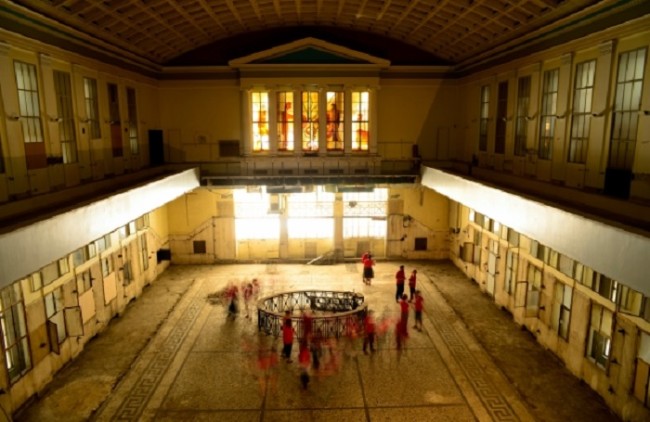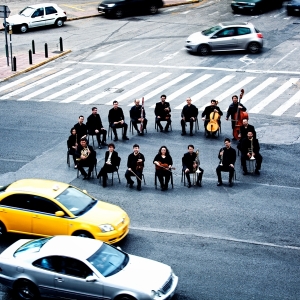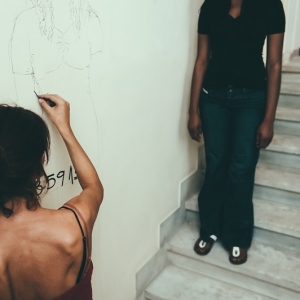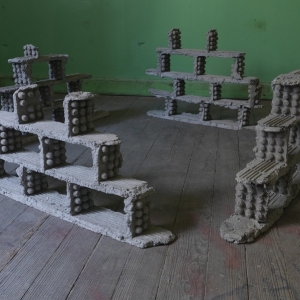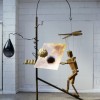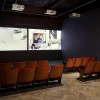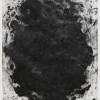Now that traditional institutions have failed the country and the future of Greece looks bleak, AGORA, the 4th Athens Biennale confronts us with the daring question: what now?
The name of the Biennale is no accident, evoking the ancient gathering spaces of Greek cities. It is organized according to the ancient principles of the agora, a forum where people speak freely and exchange ideas. Curators, artists, theorists, civil groups and creative practitioners have worked collectively on AGORA’s program which came together in what they describe as an “exquisite corpse.”
The abandoned Athens Stock Exchange, where the Biennale takes place this year, is the decaying portrait of an era which precedes that of a country engulfed in an economical, political and social crisis. The words “stock exchange” are written beneath the line “economic crisis”.
Upon entering the central building, visitors are greeted by George Haravalias’ The Price Board of the Athens Stock Exchange. The original price board of the stock exchange displays the prices negotiated on a typical trading day pre-crisis. The building’s inside is completely derelict and covered in cracks, whilst strange signs written in black marker with red arrows that lead nowhere adorn the walls upon which the artwork hangs. A guide explains that the holes and marks on the walls were made by the workers that came to remove the machines before the premises were abandoned.
Spatial interaction is likewise a predominant theme in Navid Nuur’s work Untitled, a light box activated by the viewer’s motion that switches the word “Here” to “There.” Nearby, in the transitional staircase space,the work of Katerina Christidi hangs amongst the cracks in the walls: a simple charcoal drawings of real immigrants residing in Athens. All the artworks presented at the Biennale prompt reflection on the economical, social and political situation of a country in turmoil.
Social unrest is notably exemplified by Zissis Kotonis’s Apparatus for Defence Against Police Terror, addressing the recent ‘Indignants’ movements and the need to protect demonstrators around the world. Elsewhere, a reference to social uprising via work of American artist Sam Durant, La Plus Belle Sculpture, is part of a series of mirrors inscribed with graffiti. The piece refers to May ‘68 in Paris.
Scattered around in the building, stencilled signs shout at the viewer: “Meeting Point for Democracy,” and humorously gave an imaginary distance between the venue and nearby headquarters of the Greek parliament.
On the opening day, co-director Poka Yo introduced the Biennale with the words: “This is not an exhibition”. Indeed, it feels more like an assembly, where artists and social commentators are given a voice. Running throughout October and November, the Biennale saw a series of roundtables, performances, screenings, workshops and talks. The Kyklos Ensemble participated in a three-day performance event inspired by the work of the late, self-taught wood-carver Raymondos.
Workshops for collaboration between artists, theorists and social scientists taking an anthropological perspective on exchange as a point of reference were also organized. During AGORA’s Economic Conference, Greek, Irish, Italian, American, British and German economists explored the alternatives to bankruptcy. The outcomes of the conference are manifold and manage to engage participants and viewers into rethinking the present, creating a question and answer forum through collective artistic and social narratives. Yet, the question still lingers over the Greek capital: what now?
